Day 1: (Banteay Srei – Beng Mealea – Kampong Khleang floating Village)
Morning: Pick up time is flexible follow our value customer, but the best time recommend is to start at 7.30am pick up from your hotel. Your English speaking driver and or Guide will be waiting for welcome you at your hotel lobby for visiting:
- Banteay Srei is small charming, 10th-century Hindu temple and built largely of red sandstone, a medium that lends itself to the elaborate decorative wall carvings which are still observable today. These factors have made the temple extremely popular with tourists, and have led to its being widely praised as a “precious gem”, or the “jewel of Khmer art”.
- Beng Mealea built as a Hindu temple, but some carvings depict Buddhist motifs. Its primary material is sandstone and it is largely unrestored, with trees and thick brush thriving amidst its towers and courtyards and many of its stones lying in great heaps.
Afternoon: Make your way to one of the nearby restaurants and try with the local dish at your own expense.
- Kampong Khleang: is the inundated community, but characterful, natural, and charming village where the bulk of the locals draw their livelihood from the great Tonle Sap lake and its tributaries. (On the Dry season the village is dried up allow the tourists to walk around the village and learn more about this fishing village and the activities of people under the their stilts-houses that raise up 6 to 9 meters high from the ground, while in the rainy season the water leap the stilts-house’s floor).
- Boat Trip: We jump to the tour boats that can take you along the waterways admiring the stilted houses and visiting pagodas, also, heading out onto the Tonle Sap to visit the floating villages and the daily life.
Back to your your hotel or drop off at Pup Street or Night Market for your free Leisure
Day 2: (Sunrise Angkor Wat – Small Circuit Temples)
Morning: Today we wake up early at 5.00am to see
- Angkor Wat Sunrise: Know as the Most Famous Sunrise in The World and explore the whole complex of the temple.
- Angkor Wat: originally constructed as a Hindu temple dedicated to the god Vishnu for the Khmer Empire by King Suryavarman II during the 12th century, it was gradually transformed into a Buddhist temple towards the end of the century; as such, it is also described as a “Hindu-Buddhist” temple. Then enjoy your break at the local restaurants near the temple.
After breakfast, continue to see the main temples in small circuit, first stop at
- South gate of Angkor Thom: along with a bridge of statues of gods and demons. Two rows of figures each carry the body of seven-headed Naga.
- Bayon: Built in the late 12th or early 13th century the similarity of the 216 gigantic faces on the temple’s towers to other statues of the has led many scholars to the conclusion that the faces are representations of Jayavarman VII, himself
- Baphuon: Built in the mid-11th century, it is a three-tiered temple mountain and the state temple of Suryavarman I dedicated to the Hindu god Shiva. the measures surface 120 metres east-west by 100 metres north-south at its base and stands 34 meters tall
- Phimeanakas: Built at the end of the 10th century, during the reign of Rajendravarman (from 941 to 968), then completed by Suryavarman I and enclosed by a wall 600 by 250 meters.
- Terrace Elephant: The terrace was used by Angkor’s king Jayavarman VII as a platform 350m-long which to view his victorious returning army.
- Leper King: Located north next of the Terrace of Elephants, Built in the late 12th century with 7m-high platform, on top of which stands a statue. The front retaining walls of the terrace are decorated with at least five tiers of meticulously executed carvings. there is access to a hidden terrace with exquisitely preserved carvings.
Afternoon: Relax for lunch at local restaurants before continue to
- Ta Prohm: The temple is referred to as the “Tomb Raider Temple” or the “Angelina Jolie Temple” due to its depiction in the film Lara Croft: Tomb Raider (2001). The temple is referred to as the “Tomb Raider Temple” or the “Angelina Jolie Temple” due to its depiction in the film Lara Croft: Tomb Raider (2001) The trees growing out of the ruins and the jungle surroundings have made it one of the most popular temples with visitors to the area.
Back to your hotel or drop somewhere in the city end of service.


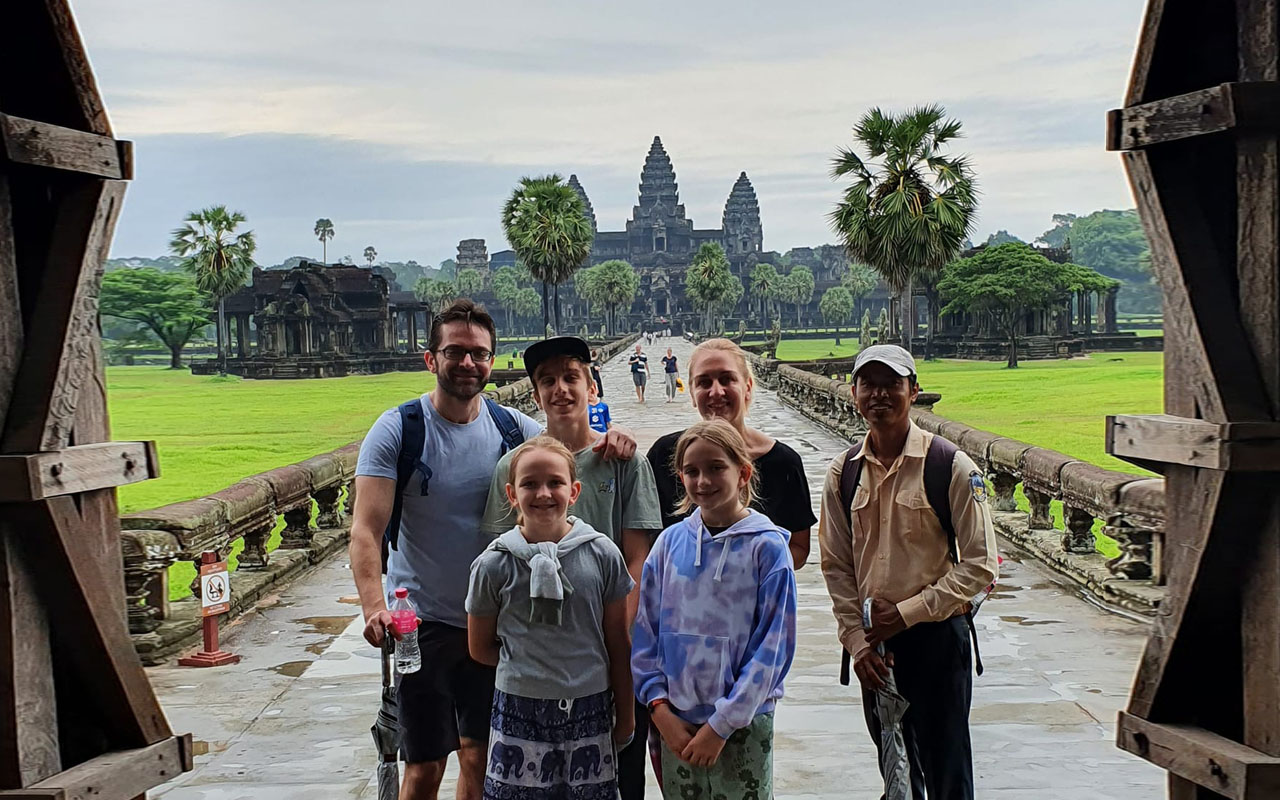
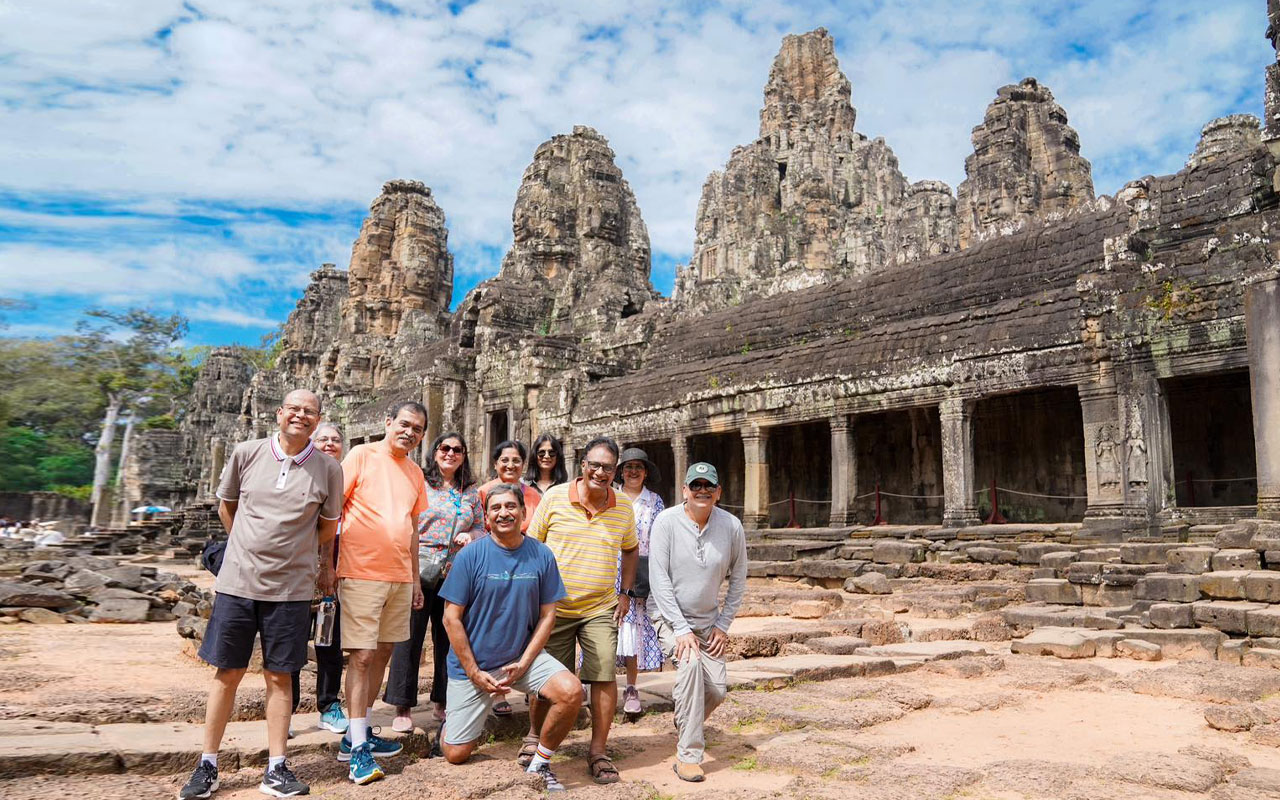
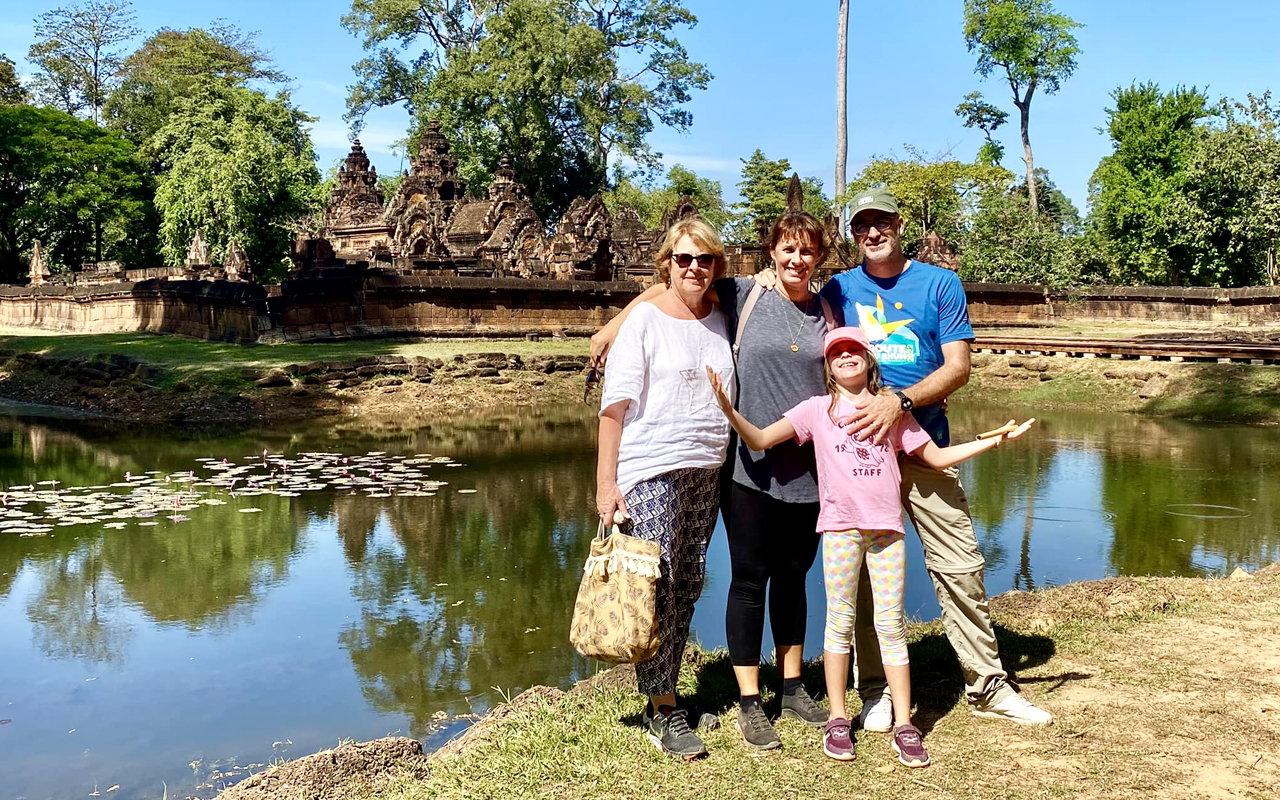
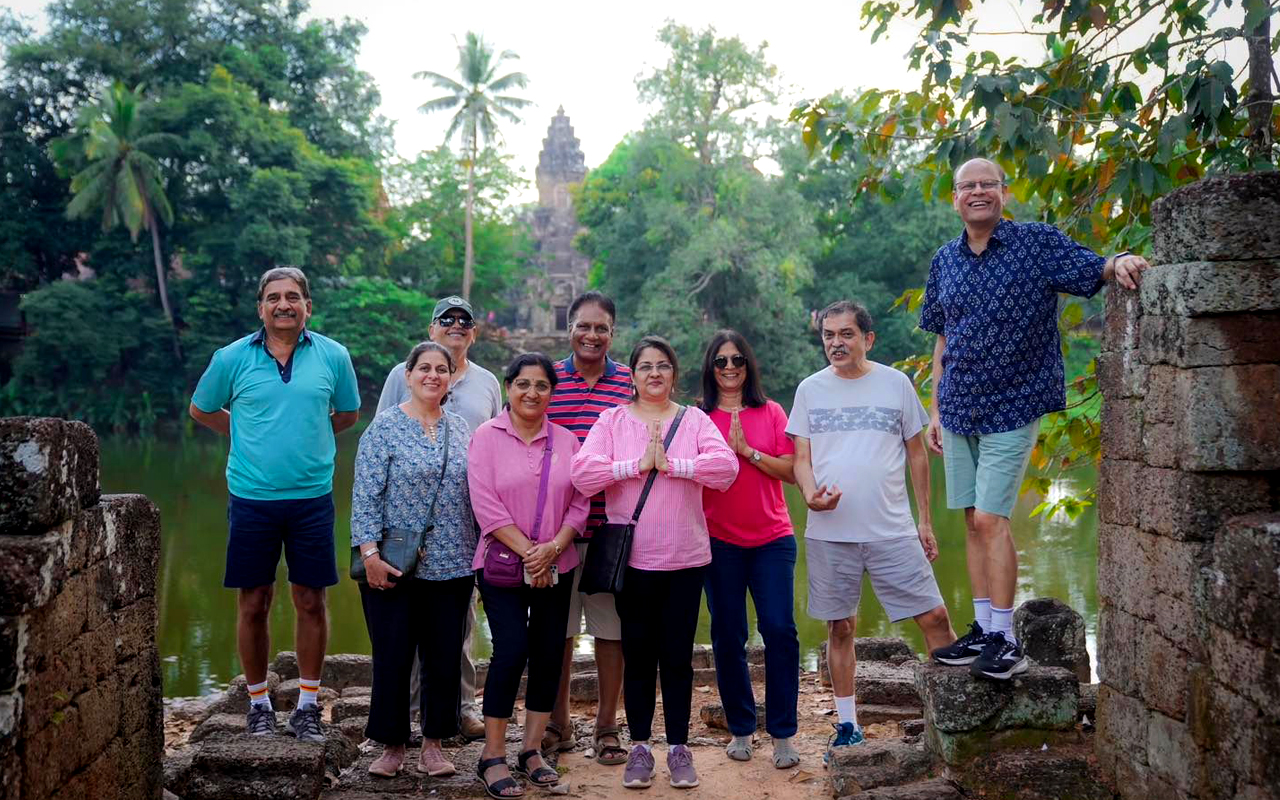
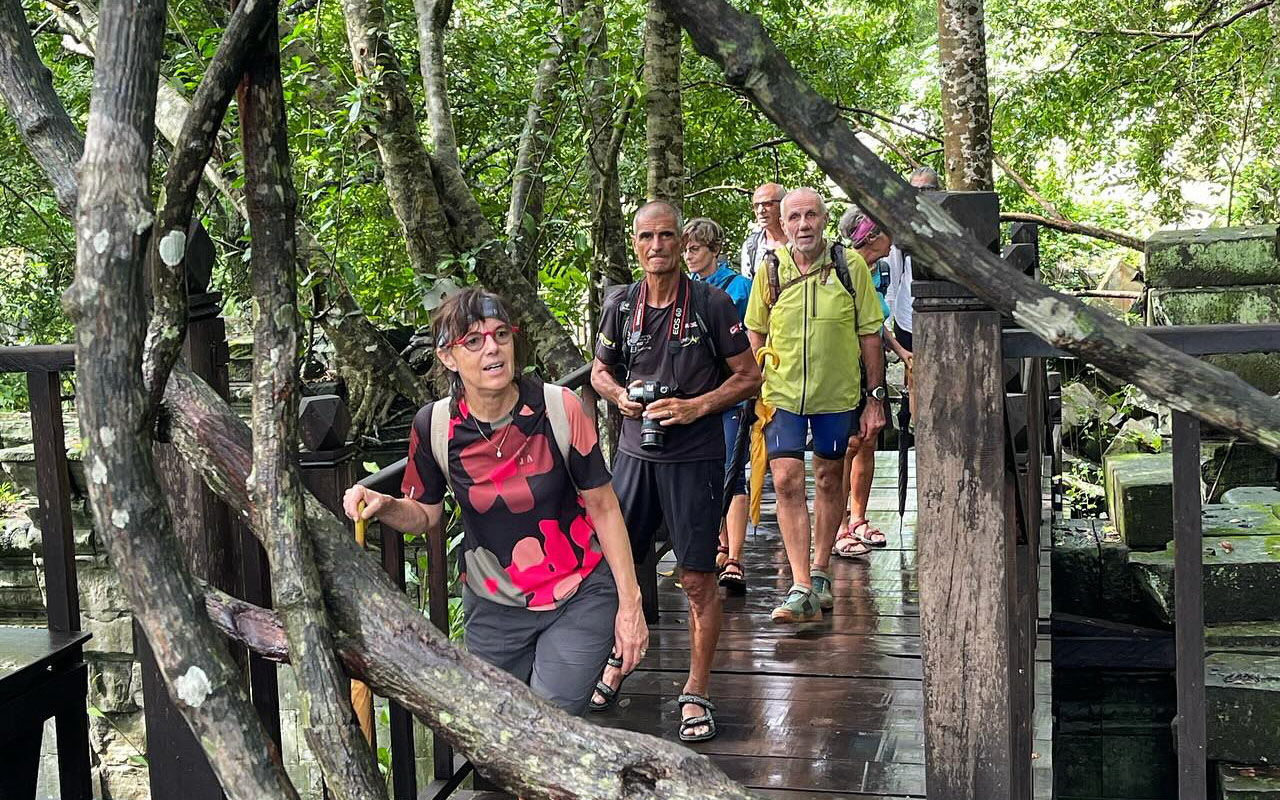
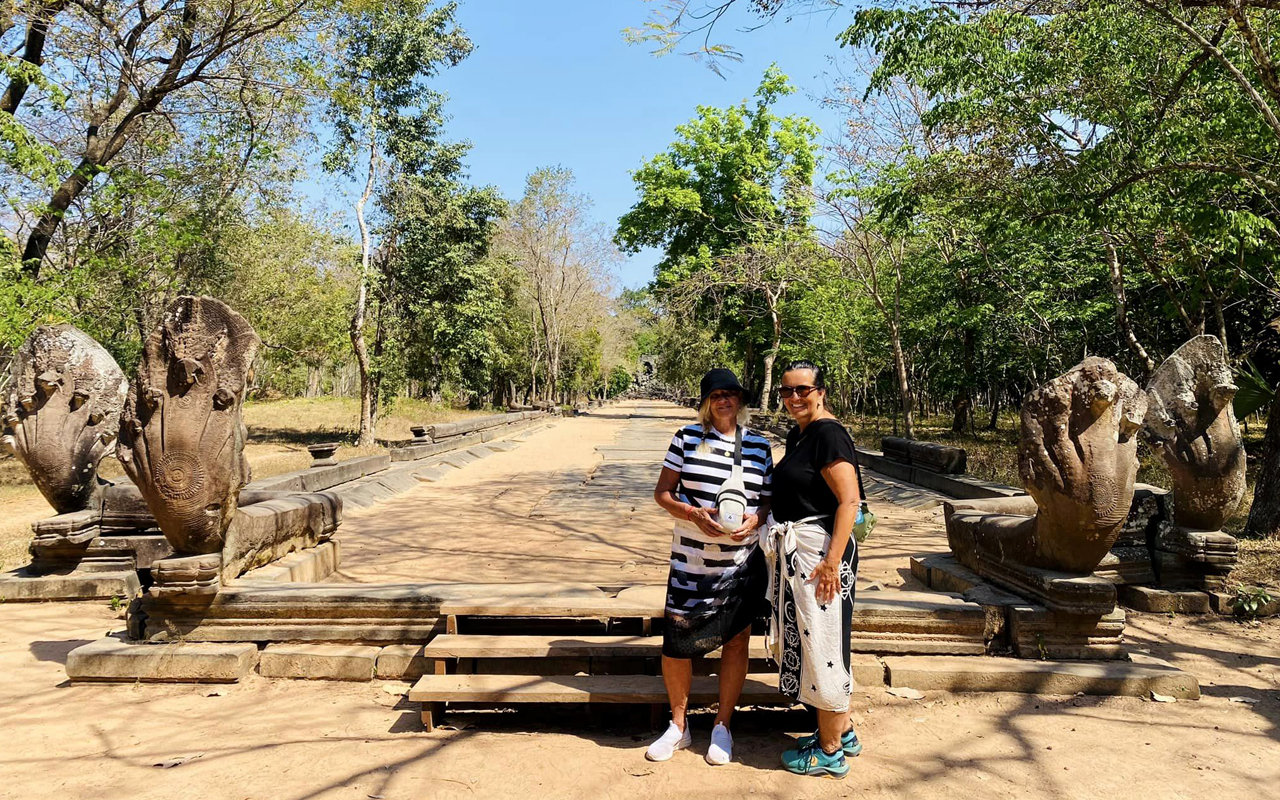
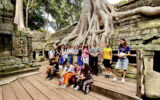
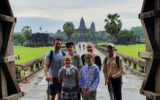








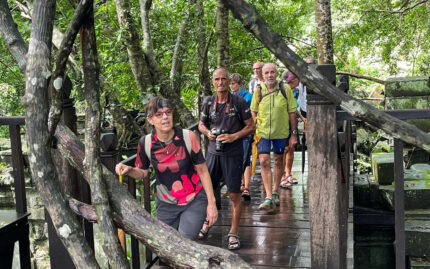
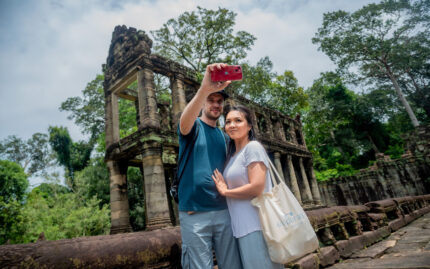
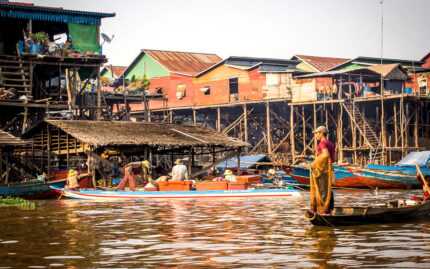
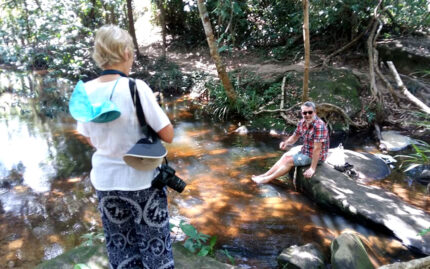



Reviews
There are no reviews yet.